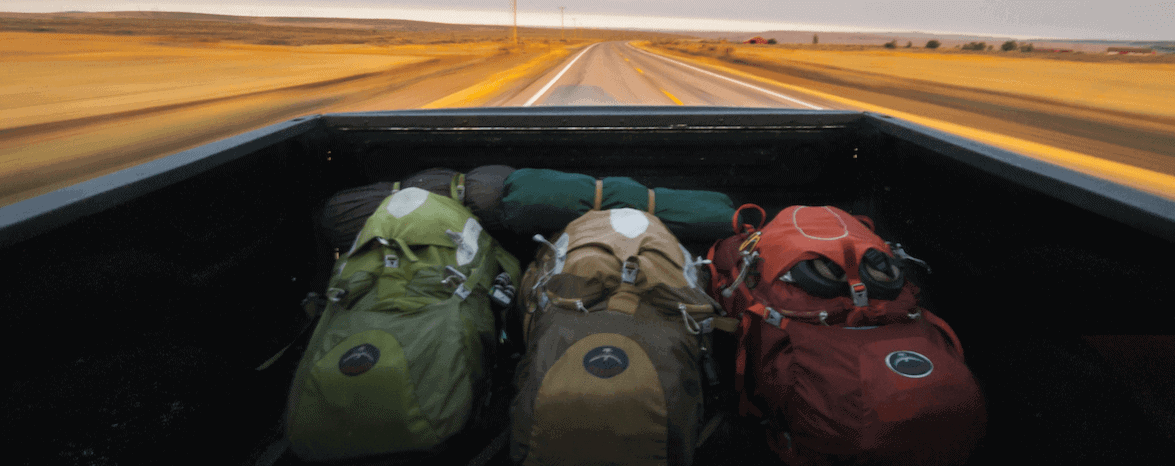Knowledge Is Power
Despite advancements in technology, the world remains a big place in certain cases. A hiker losing his way may suddenly face a survival situation on the trail he wanted to conquer. A lumberjack could get injured by his own axe deep in the forest.23 Tips on How to Survive the Great Outdoors.
Here is a survival guide with 23 tips that will help you learn how to survive the Great Outdoors.- Do not panic: Panicking is counterproductive as it clouds the rational mind’s ability to think about how to survive. (How adrenaline can affect your decision-making abilities)
- First aid: If you’re injured, your first priority should be to stop any bleeding. Always carry first–aid supplies with your survival kit.
- Hydrate: Always carry potable water. Taking a few swigs will rehydrate you and help you think more clearly.
- Find clean water: Another very important tool in your survival kit should be a quality water filter. I recommend any of the Sawyer Water Filters.
- Survival kit: A good survival kit should enable you to alter the surrounding wilderness environment to suit your specific needs. It’s important that your kit has a simple survival manual with basic instructions on how to get food, water, and shelter. One of the most popular pocket-sized manuals is the SAS Urban Survival Handbook.
- Extra set of clothes: If you’re drenched wet, take out that dry outdoor attire from your survival kit to avoid a reduction in core body temperature.
- Good boots: Always wear good boots that can help your feet survive the forest terrain.
- No running: If you come face to face with wildlife, do not run. Just back away slowly without a sound.
- Loud noise: Use the steel food vessel in your survival kit to make loud noises that will scare predators away.
- Use ligature: If you’re bitten, apply a ligature and wash the wound with plenty of water.
- No food processing near home: Never process food near your makeshift shelter to discourage predators.
- Scout location for home: Do not build a home on a hilltop or in a narrow valley with strong winds.
- Make a home using sticks and leaves: If you have sticks longer than 5 feet and one longer than 10 feet, lash them together into an A-frame and build a shelter.
- Do not travel at night: It increases the risk of falling or bumping into wildlife.
- Fire: Light a fire using the fire-start devices from your supplier kit. Use spruce leaves to produce thick smoke for signaling your location.
- Glow sticks: Glow sticks can be useful in signaling location or leaving traces of you for rescuers.
- North Star: Spot the North Star and use it as your survival guide.
- Cell phone: You may want to switch off your cellphone to conserve the battery. However, do periodically switch it on to check for a network. Even the slightest of connectivity can help make that distress call.
- Keep a journal: The pen and paper in your survival pack must be used to write down the forest landmarks. It could become your own survival guide.
- No rest on the forest floor: Do not sleep on the forest floor as you are vulnerable to predators, insects, and reptiles.
- Walk along the water: A good way to navigate is to walk along the river hoping to hit a human settlement.
- Use urine in the desert: If you don’t have a drop of water in a desert environment, soak a piece of cloth in your urine and tie to your head to prevent heatstroke.
- Be optimistic: Do not give up hope and prevent yourself, at all costs, from hallucinating. What did I miss? What other survival tips would you add to this list?
Related posts:
A Real-Life Example Of Why Emergency Preparedness Is So Important
How Much Emergency Food Should I Have In Case of An Emergency?
What Things Do You Need to Survive in The Wild?
The Ultimate Outdoor Survival Gear List
50+ Survival Books For Your Collection
5 Survival Skills and Resources That Could Save Your Life
The Survivalist Guide to Conquering the Desert
What Should Be Included In a Natural Disaster Kit?

